Blomberg BERU 24200 SS User manual
Other Blomberg Range manuals
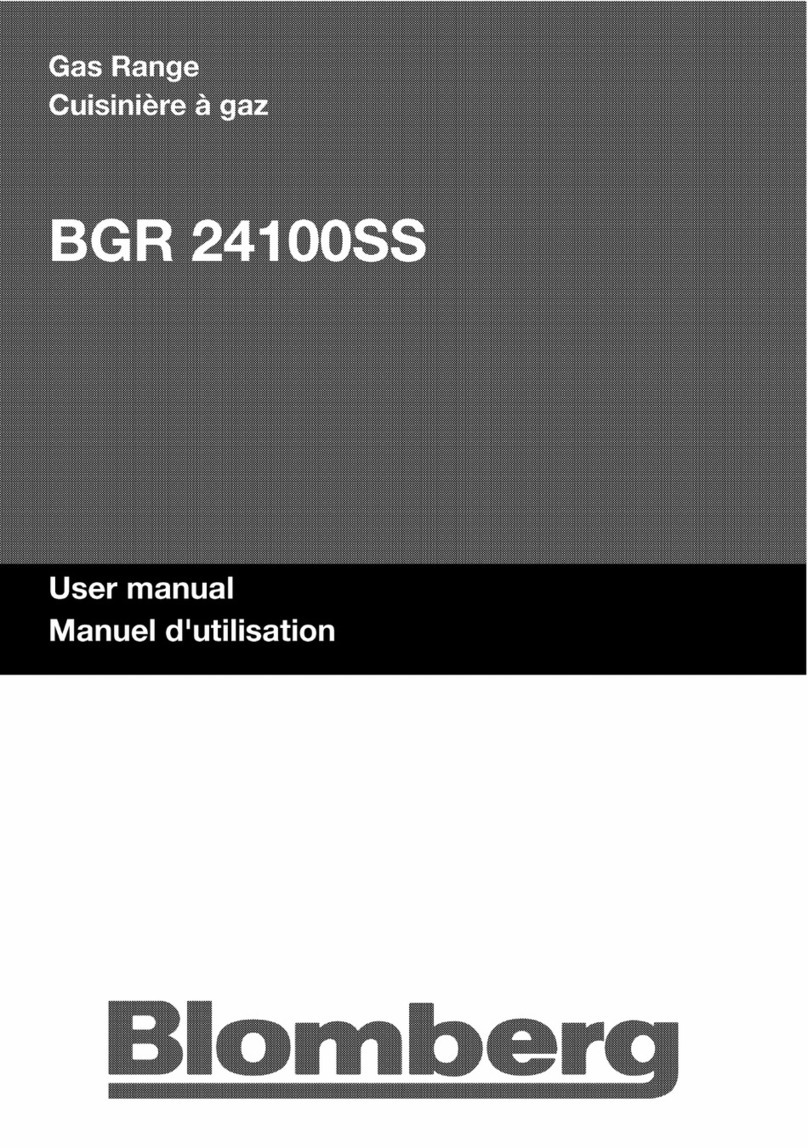
Blomberg
Blomberg BGR 24100SS User manual

Blomberg
Blomberg BGR30420SS User manual
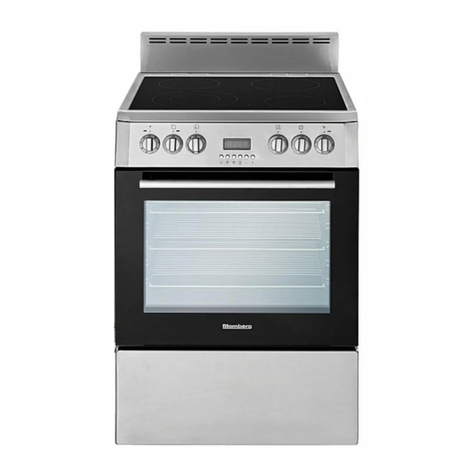
Blomberg
Blomberg BERU 24100 SS User manual
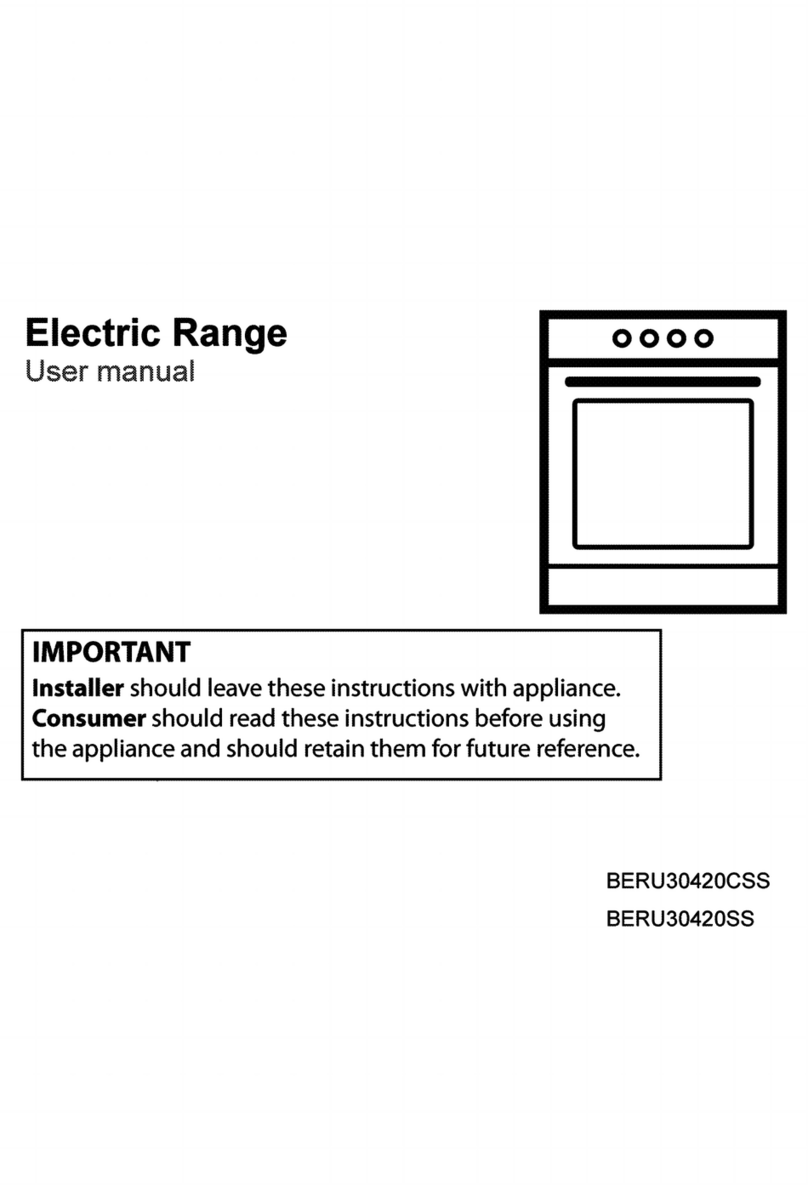
Blomberg
Blomberg BERU30420CSS User manual
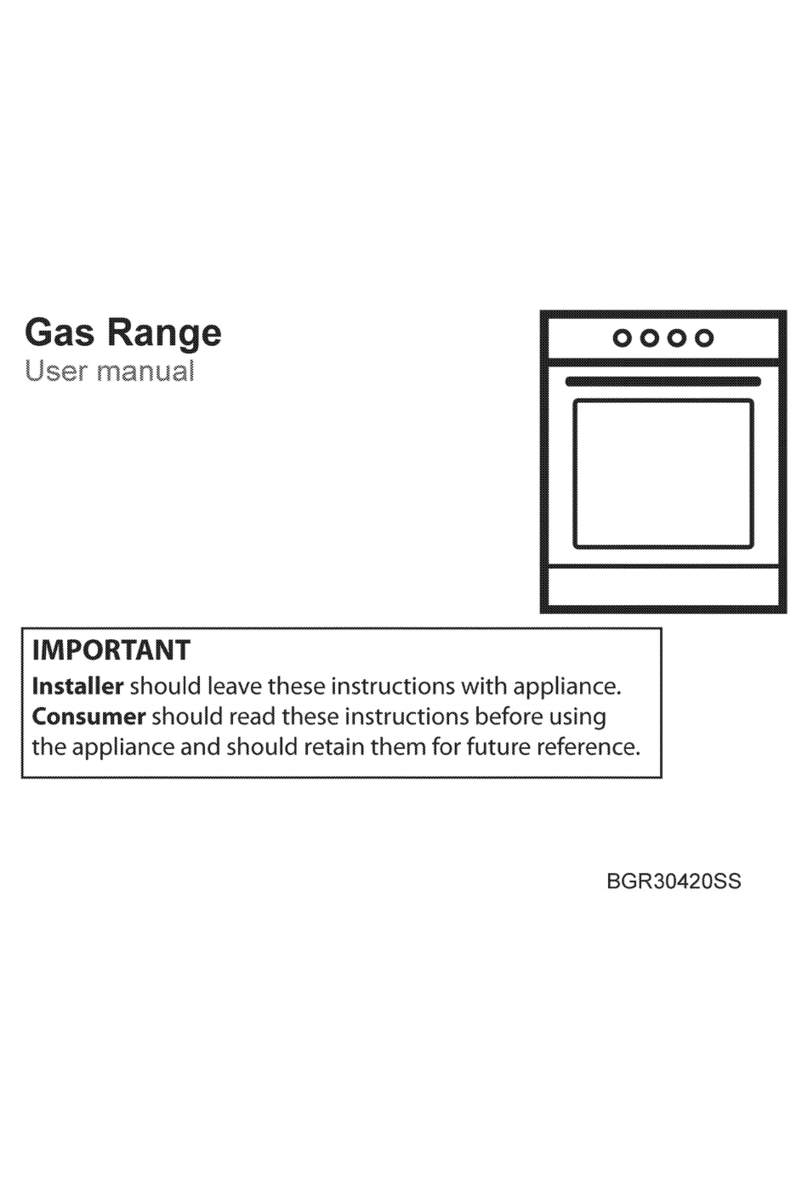
Blomberg
Blomberg BGR30420SS User manual
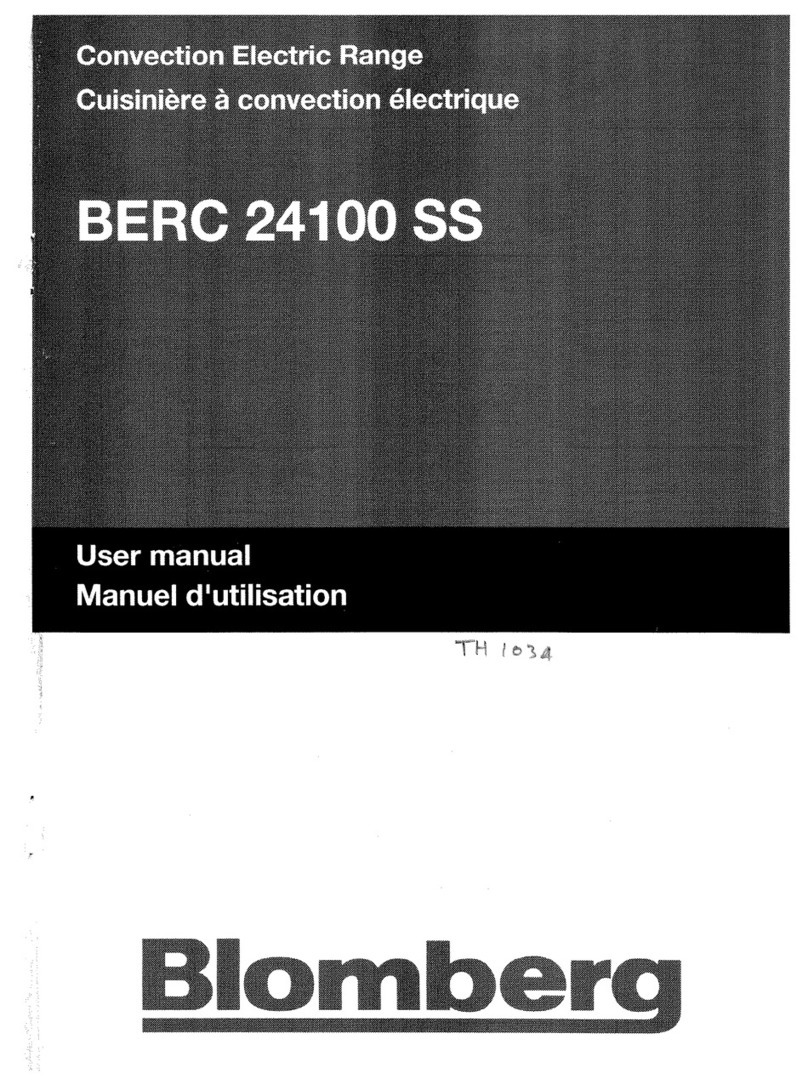
Blomberg
Blomberg BERC 24100 SS User manual
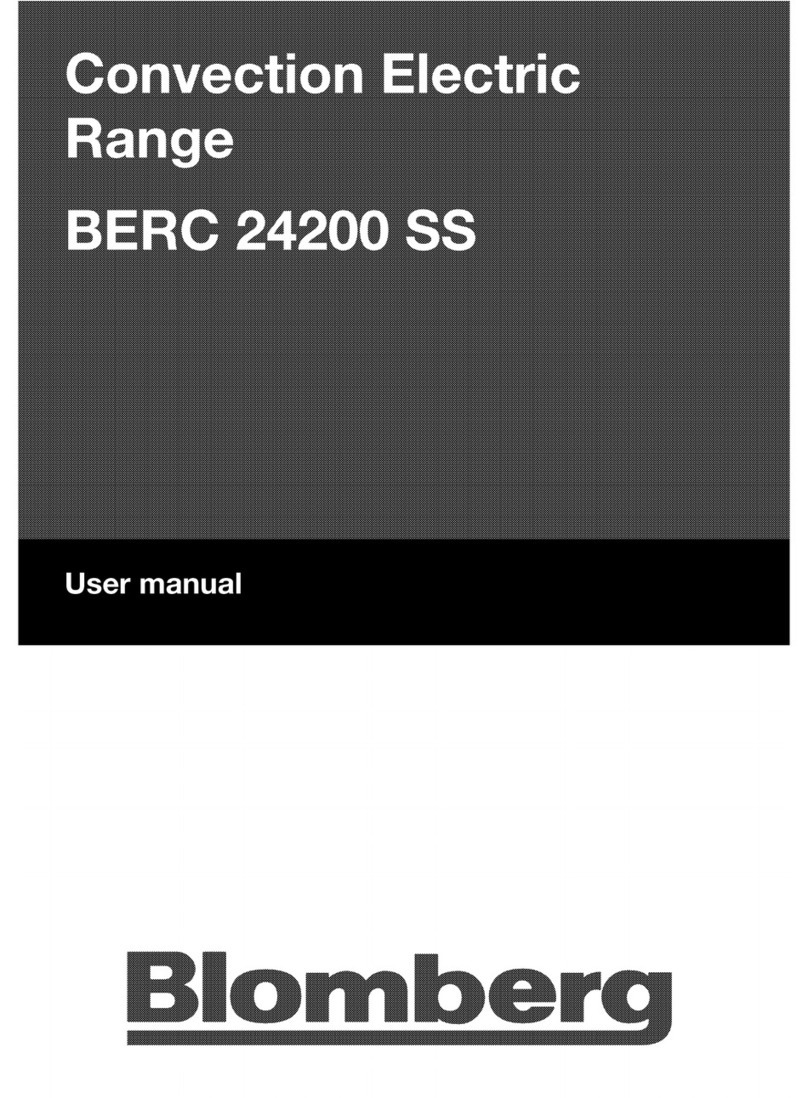
Blomberg
Blomberg BERC 24200 SS User manual
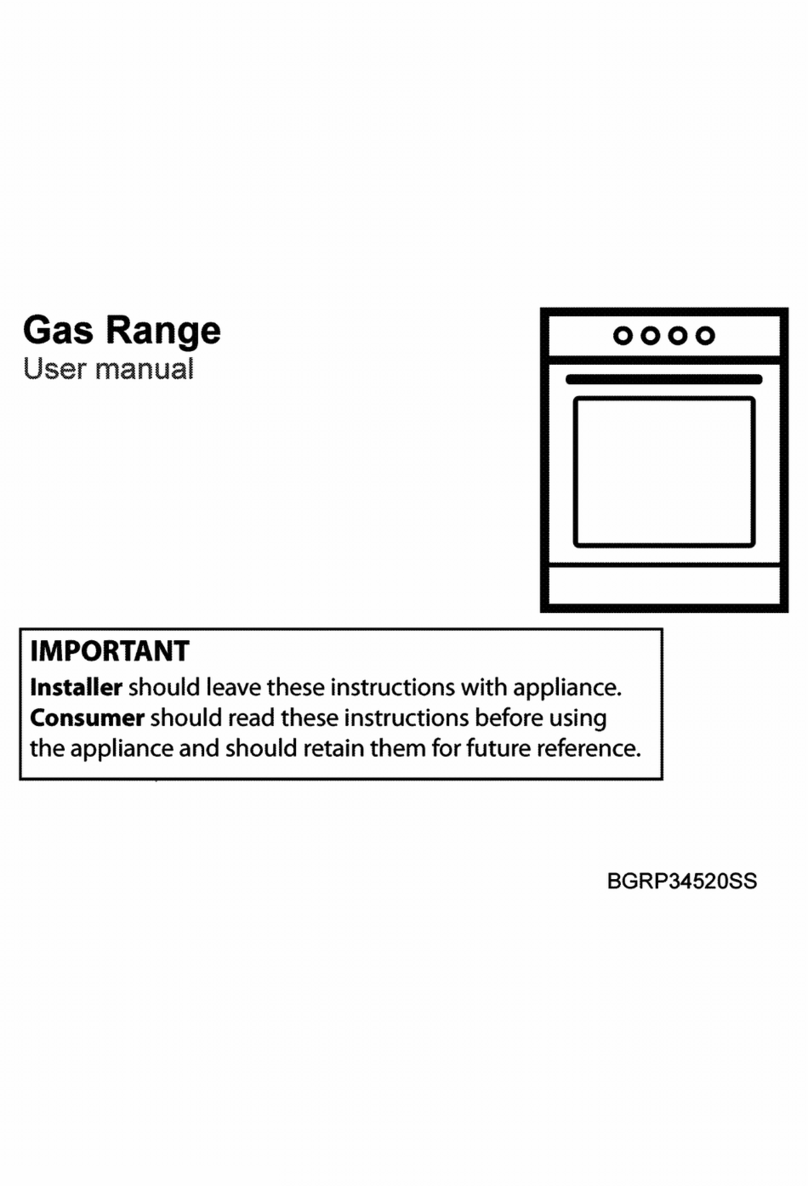
Blomberg
Blomberg BGRP34520CSS User manual
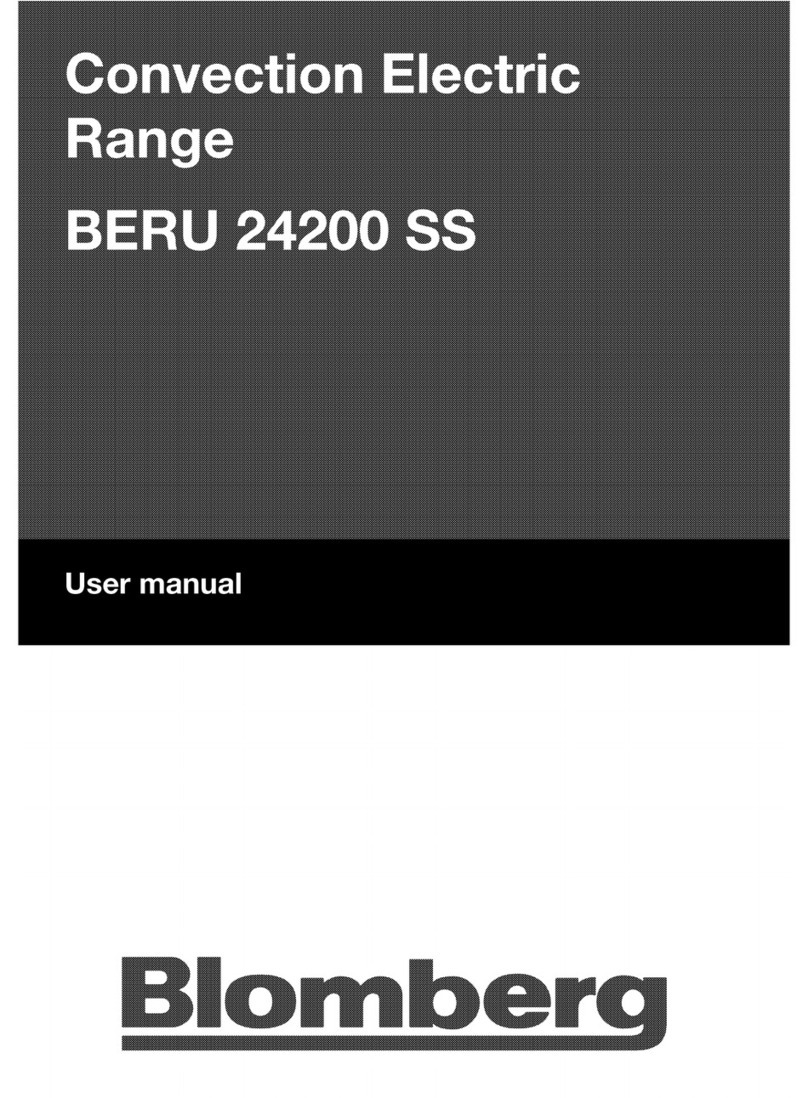
Blomberg
Blomberg BERU 24200 SS User manual

Blomberg
Blomberg BGR 24100SS User manual
Popular Range manuals by other brands

Maytag
Maytag MGR5875QDW - 30 Inch Gas Range Use and care guide

Frigidaire
Frigidaire FFGF3024SS use & care

Capital
Capital Precision Series GCR484W Specifications

Officine Gullo
Officine Gullo GGS8P Installation and use instruction

LG
LG LSD4913 Series owner's manual

Kenmore
Kenmore 4101 - Elite 30 in. Slide-In Electric Range installation instructions





















